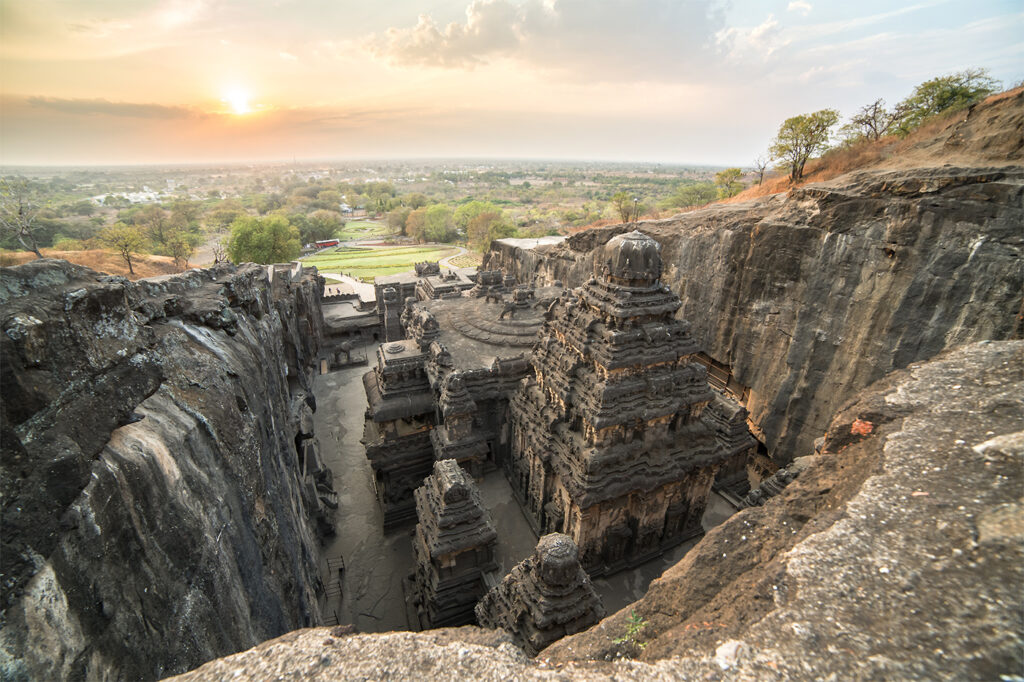
Cyclone Dana: What’s causing high frequency of massive storms across globe?
Tropical cyclone Dana made landfall on the intervening nights of Thursday (Oct 24) and Friday (Oct 25) between Bhitarkanika and Dhamra coasts in India’s Odisha, and the process continued till 7:00 am (local time) on Friday.
Pointing to the reasons behind the high frequency and intensity of cyclones across the world, Pushpendra Johari, senior vice president of sustainability at RMSI, a global geographic information system (GIS) consulting company, told WION that it is all because of climate change, adding that now the oceans are much warmer than it used to be before, which is causing more such events.
Johari recalled the last two Hurricanes, Helene and Milton, that hit the US state of Florida in the past two months.
“This is all happening because of climate change. The oceans are much more warmer than they used to be and that is why more such events are happening. Moreover, it is not just happening in the Indian oceans, but there have been two hurricanes in a very short span of time in the Atlantic, that is hurricanes Helene and Milton. It is happening across the globe, wherever the ocean water is warming, it is causing more events,” he said.
Shifting to the cyclone situation in India, Johari said “The Bay of Bengal has had more cyclone events but the frequency has now increased a little bit. There was a time when the average was about two to three events per year, but it is increasing now.”
Cyclone Dana
Cyclone Dana made landfall in Odisha early Friday, leading to heavy rainfall and strong winds across coastal regions. Initially, it came with a speed of 110 kmph. However, later, it weakened to a cyclonic storm, according to the India Meteorological Department (IMD).
The IMD reported that Cyclone Dana, after making landfall, is likely to continue moving northwest across north Odisha, weakening into a deep depression over the next six hours.
Cyclone’s impact in Odisha
The IMD has further issued a red alert for a few districts including, Bhadrak, Balasore, Keonjhar, and Mayurbhanj districts, expecting continued downpours through Saturday (Oct 26) morning.
So far, over 500,000 people have been evacuated to shelters, according to Odisha Chief Minister Mohan Charan Majhi. The state is making extensive preparations to tackle the cyclone by setting up 5209 cyclone shelters.
Watch | Cyclone Dana: Coastal Districts Witness Heavy Rainfall
However, an elderly woman died at a cyclone shelter in Odisha’s Kendrapara district of suspected cardiac arrest.
Moreover, the Highest Education Minister Suryabanshi Suraj said that there has been power disturbance, house damage and agricultural land has also been affected.
Cyclone’s impact in Kolkata
One person has died in the Indian city of Kolkata in the aftermath of a cyclone, West Bengal Chief Minister Mamata Banerjee said.
Kolkata has evacuated approximately 200,000 people from low-lying areas.
“Only one person died in this natural disaster. The man died at his residence while conducting some cable-related work. It is quite unfortunate. The postmortem examination will give us a clear picture. If required we (the state government) will help the family,” said Banerjee.
‘Bulk impact in Odisha’
RMSI Senior VP Johari further highlighted the impact of cyclone Dana in Odisha and West Bengal.
“Bulk impact is going to be there in Odisha. Our estimate is that the impact would be somewhere about 3,000 million of damage, in terms of infra, buildings and everything in Odisha,” he said.
Referring to the condition in West Bengal, he said that the least impact of the cyclone would be in West Bengal as it lies on the outer band.
“If we look at WB, its trajectory is still such that, there will be winds in West Bengal. Only the least impact band is going to be there. There is going to be a lot of rain, there could be potential for floods but as far as the impact of wind is considered, it won’t have much impact,” he said.
Johari continued, “However, the impact could come in form of a flood. Odisha will experience 110 kmph, and West Bengal may experience 80 kmph as it is on the outer band.”
Further, there is going to be a decent impact on electricity, according to RMSI estimates, Johari said.
“There is going to be a lot of tree fall as a result of that, many polls can also get uprooted, which could lead to electric power disruption in a lot of ways,” he added.




Responses